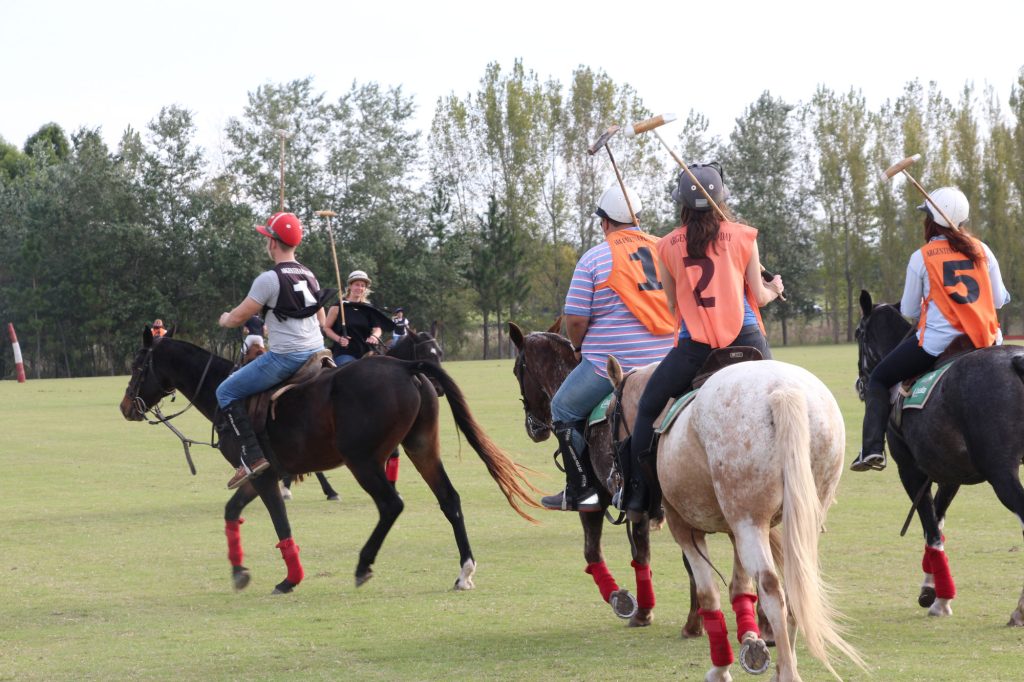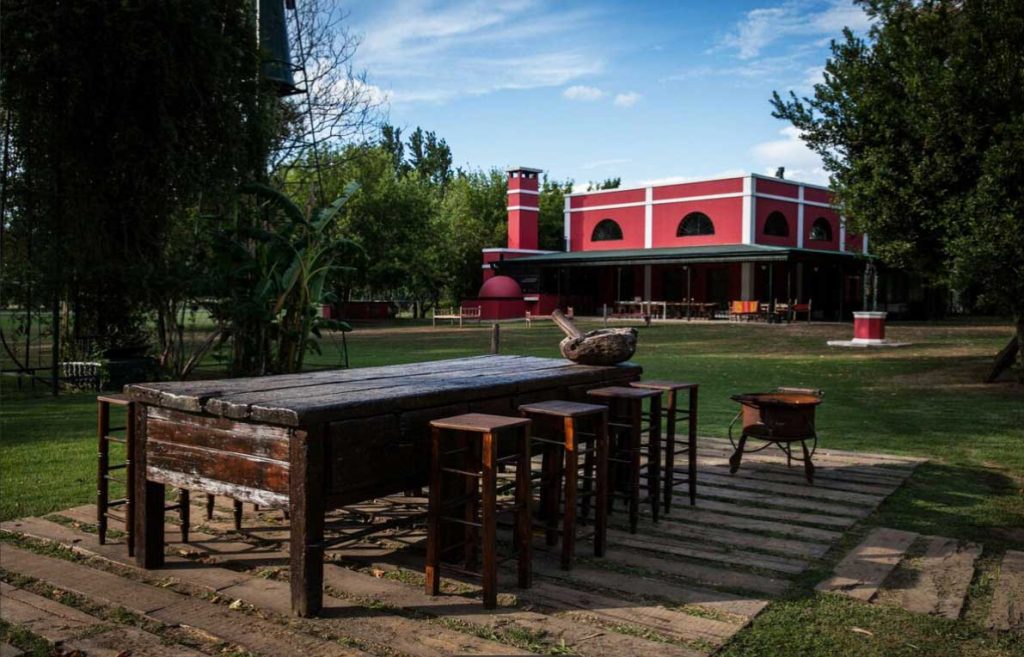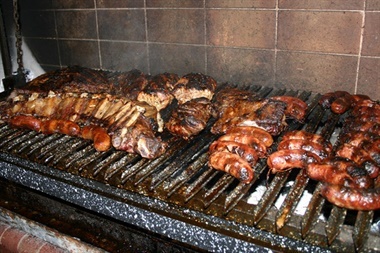[:es]The gaucho and his horse are almost the same image, nothing was done by the gaucho without his horse and nobody rode like him.
He showed in it a naturalness that can only be achieved by a child who prefers to ride before walking.
Horse, bow, rebenque and boleros accompanied him in all his wanderings.
The first gauchos hunted cows with the bow or the boleros to remove their leather. Later, when they entered the rooms, the work increased and became more varied.
The gaucho, then, had no rival in the rodeo, nor in dressage, nor in the field, and was an expert in linking and pialar.
In the field he linked the dam with true mastery, well affirmed about the message, revoked the loop with precise movements and then threw in the direction of the animal. This was imprisoned by the leather cord so that another gaucho could pinch it, that is, hold his hands and turn it over.
He was also skilled at the rodeo, which at this time was to gather cattle in a place to check it, separate animals for purchase and sale or monitor their status.
With the bowling balls, his aim was also infallible, he could boil an ñandú or a steer over great distances.
The boleros, the loop and the rebenque, along with the knife, were for the gaucho work tools and also weapons. It is enough to remember that during the English Invasions and the Reconquest, the English fell stunned to be bound or boleados by the gauchos.
And with the rebenque, which carries a metal bar inside the well-braided leather sheath, it could kill with a single blow. He never separated from him.
To all this we must add that the land had no secrets for the gaucho. In a single glance he recognized a footprint, or followed a path guided by trees or pastures. It was also oriented by the position of the stars or some gouges, and his very thin ear resting on the ground put him on notice of the proximity of the Indians.
These magnificent guides, who could easily lead travelers through the pampas were called “baquianos,” and they were said to be “the pampas compass.”
During the wars of Independence, they were very useful to the Creole army, because nothing more than by the movement of the animals or the almost invisible tears in the plants, could inform the enemy’s passage and even say how many men they were.[:en]The gaucho and his horse are almost the same image, nothing was done by the gaucho without his horse and nobody rode like him.
He showed in it a naturalness that can only be achieved by a child who prefers to ride before walking.
Horse, bow, rebenque and boleros accompanied him in all his wanderings.
The first gauchos hunted cows with the bow or the boleros to remove their leather. Later, when they entered the rooms, the work increased and became more varied.
The gaucho, then, had no rival in the rodeo, nor in dressage, nor in the field, and was an expert in linking and pialar.
In the field he linked the dam with true mastery, well affirmed about the message, revoked the loop with precise movements and then threw in the direction of the animal. This was imprisoned by the leather cord so that another gaucho could pinch it, that is, hold his hands and turn it over.
He was also skilled at the rodeo, which at this time was to gather cattle in a place to check it, separate animals for purchase and sale or monitor their status.
With the bowling balls, his aim was also infallible, he could boil an ñandú or a steer over great distances.
The boleros, the loop and the rebenque, along with the knife, were for the gaucho work tools and also weapons. It is enough to remember that during the English Invasions and the Reconquest, the English fell stunned to be bound or boleados by the gauchos.
And with the rebenque, which carries a metal bar inside the well-braided leather sheath, it could kill with a single blow. He never separated from him.
To all this we must add that the land had no secrets for the gaucho. In a single glance he recognized a footprint, or followed a path guided by trees or pastures. It was also oriented by the position of the stars or some gouges, and his very thin ear resting on the ground put him on notice of the proximity of the Indians.
These magnificent guides, who could easily lead travelers through the pampas were called “baquianos,” and they were said to be “the pampas compass.”
During the wars of Independence, they were very useful to the Creole[:]





